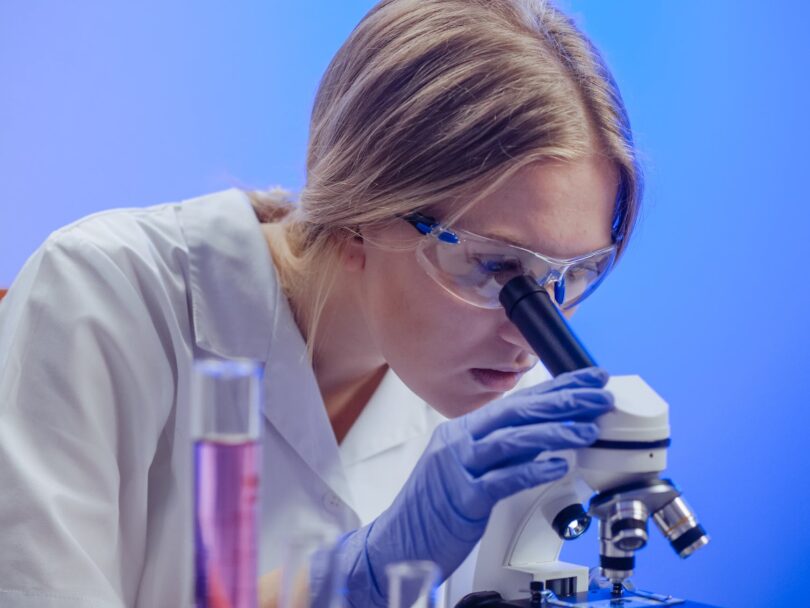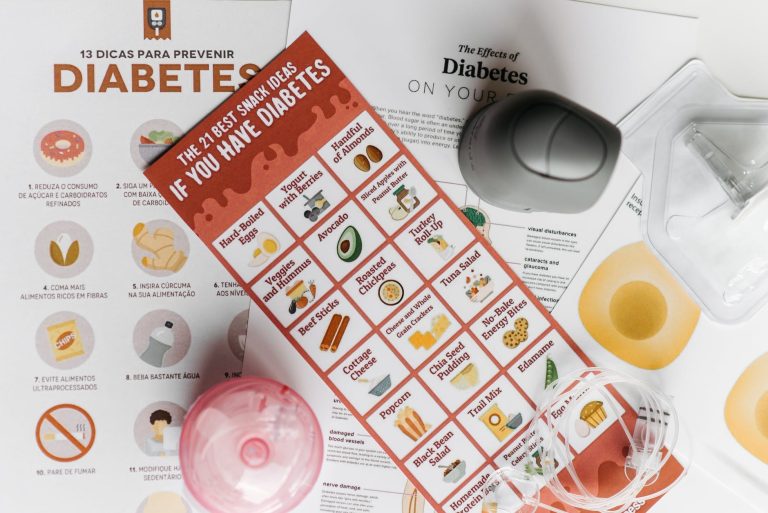Shares of Entera Bio (ENTX) skyrocketed on the release of topline data. The leader in the development of orally delivered large molecule and biologic therapeutics, announced the final 6-month bone mineral density (BMD) results from the completed Phase 2 clinical trial of EB613 for the treatment of osteoporosis. EB613 is an oral formulation of human parathyroid hormone (1-34), or PTH, positioned to be the first oral bone building (anabolic) product to treat osteoporosis patients.
The most important BMD endpoint — change in lumbar spine (LS) BMD after 6 months — was met. There were statistically significant dose-related trends in the increases in LS BMD as well as femoral neck and total hip BMD, with the largest increases observed in subjects treated with EB613 2.5 mg. Dose dependent increases in biochemical markers of bone formation were previously reported.
A significant increase in lumbar spine (LS) BMD was observed in the 1.5 mg group, the non-titrated 2.5 mg group (those who received 2.5 mg for the full 6 months) and the titrated 2.5 mg group (who received lower doses during titration and 2.5 mg for 4 months). An increase in LS BMD is the primary endpoint for the 505(b)(2) pathway as was described by the FDA in Entera’s pre-IND meeting.
At present it is believed that the single Phase 3 Pivotal study necessary under the 505b2 pathway would require a 12-month head-to-head study against Forteo® (the “reference drug”), designed to achieve non inferiority for increase in BMD of the lumbar spine.
Secondary endpoints in the trial included the effect of treatment on several additional serum bone biomarkers at 3 months including, Osteocalcin and CTX. Similar to P1NP, Osteocalcin is a biomarker for bone formation by osteoblasts, the cells that build new bone. CTX is a biomarker that indicates the rate of bone resorption by osteoclasts, the cells that remove old bone. An osteoanabolic, or bone building effect, is based on the difference in bone formation and bone resorption. An increase in P1NP or Osteocalcin, for example, associated with a smaller increase (or decrease) in CTX, usually results in an increase in bone mass.
We are very excited and encouraged by these great results which will support advancing discussions with potential strategic partners. These results are in line with our previously reported biomarker results and further validate Entera’s platform technology and its potential to enable oral formulation of various large molecules for a range of indications that could benefit from an oral drug, we are looking forward to an end of Phase 2 meeting with the FDA. More detailed results will also be presented in a future scientific conference and publications. The company will evaluate potential additional osteoporosis market opportunities specifically related to increases in hip BMD.
Spiros Jamas, CEO of Entera Bio




